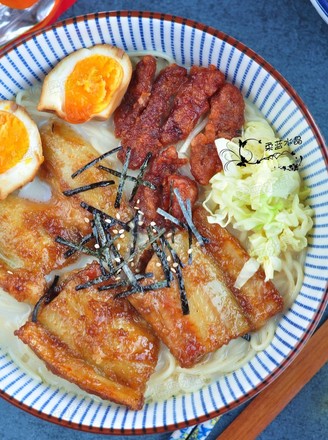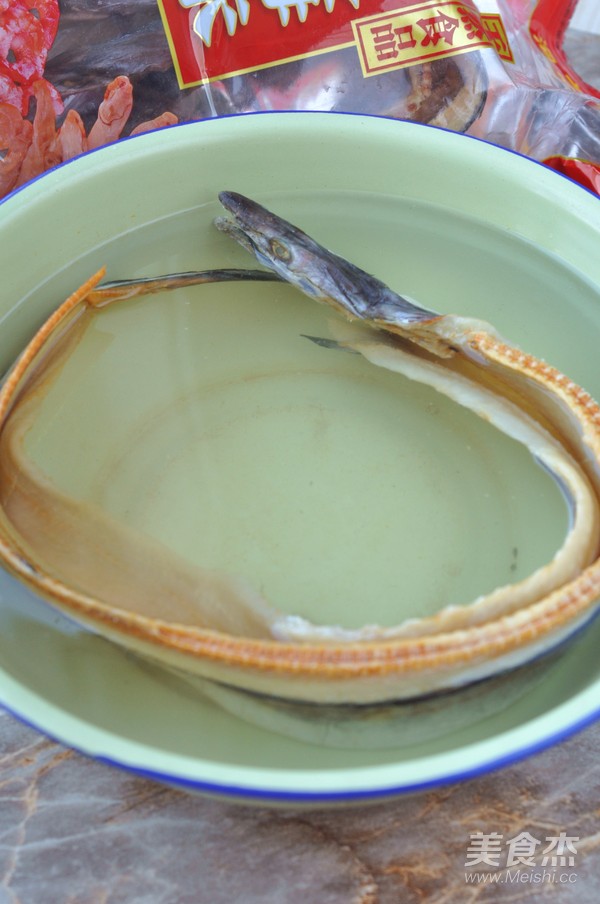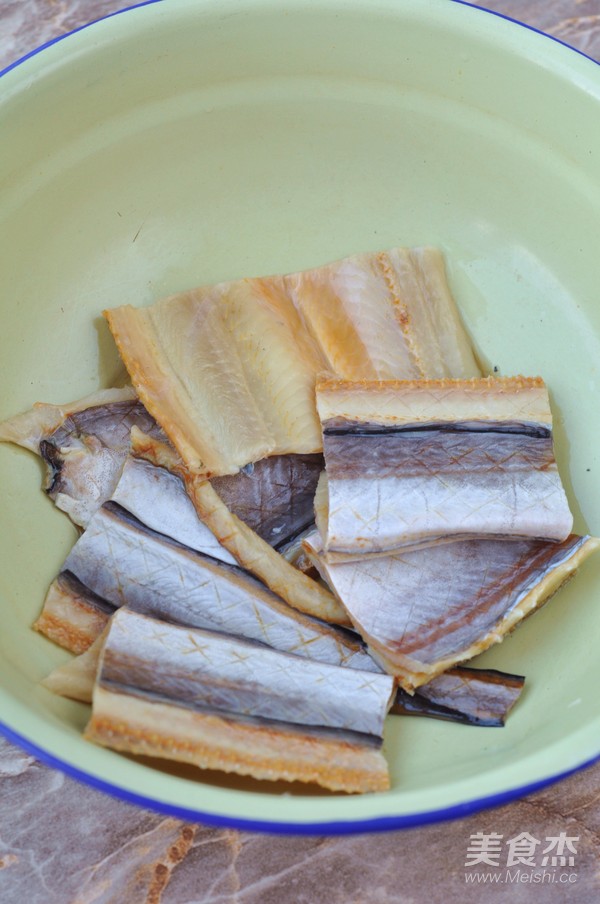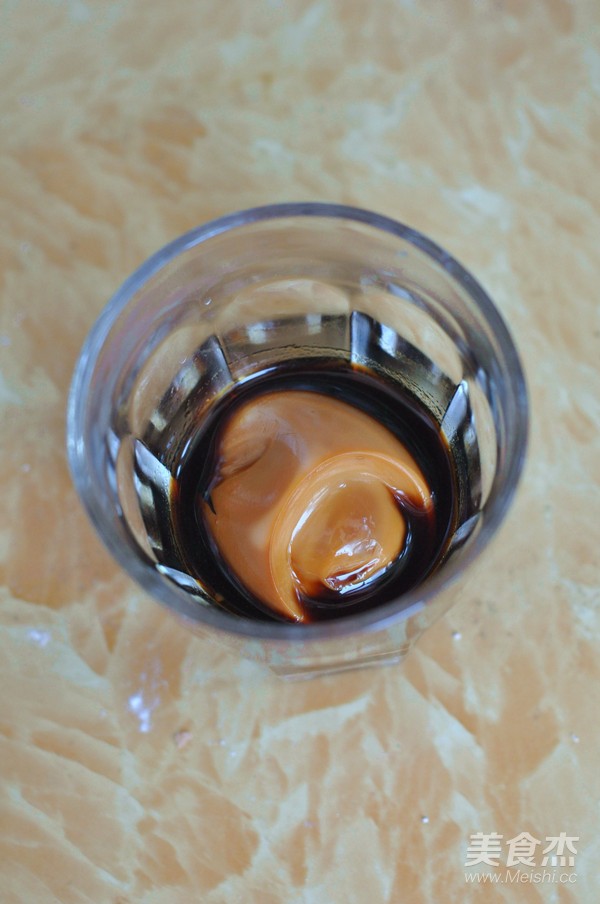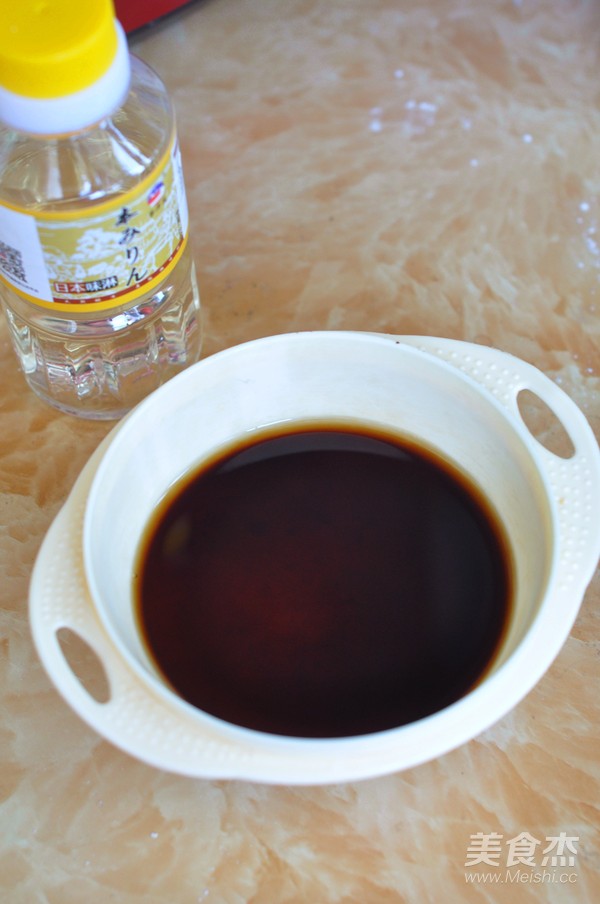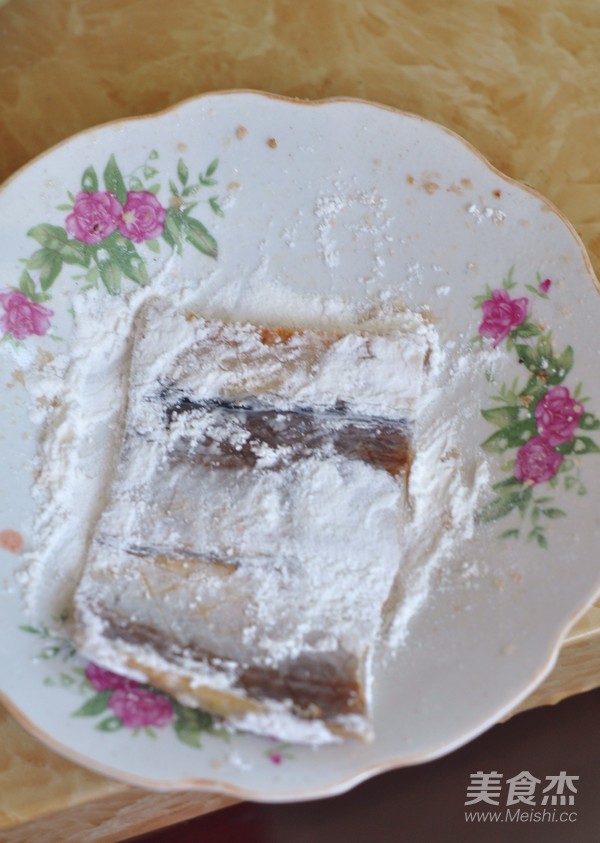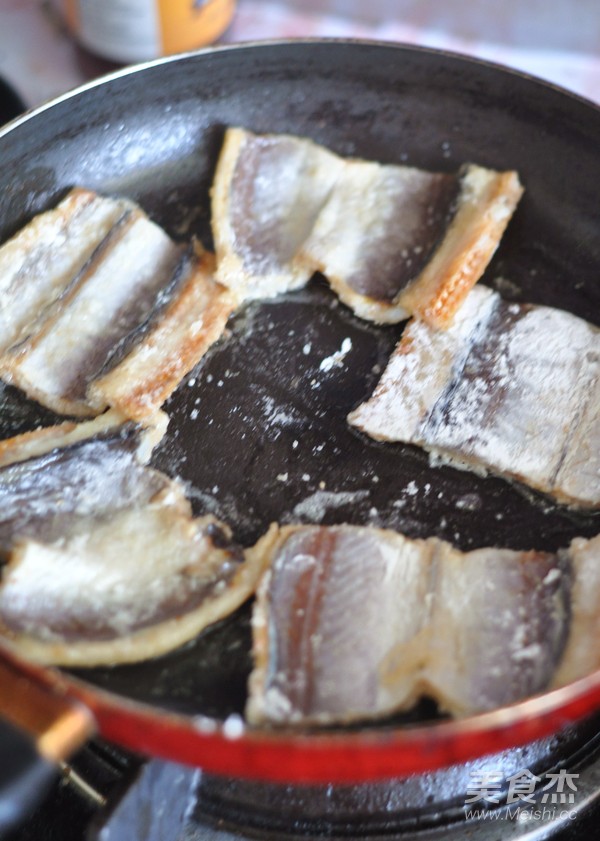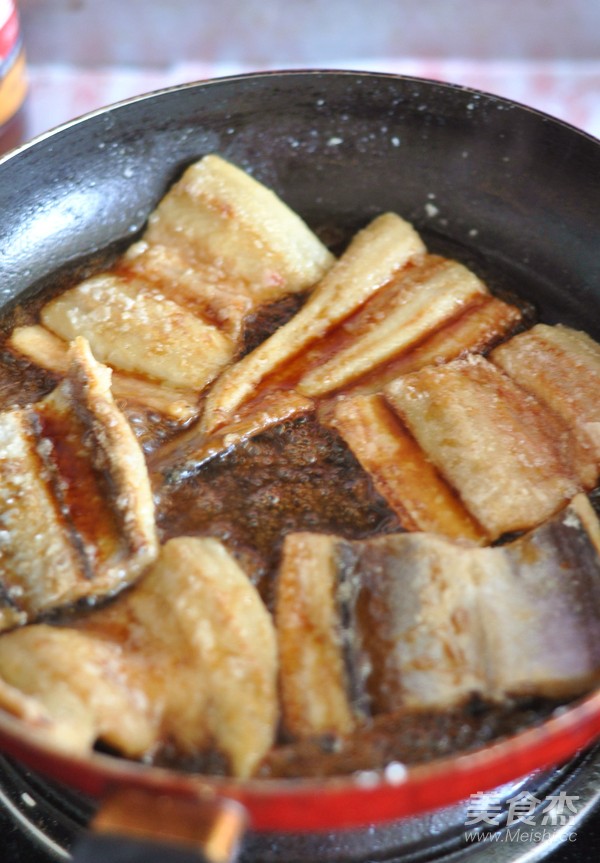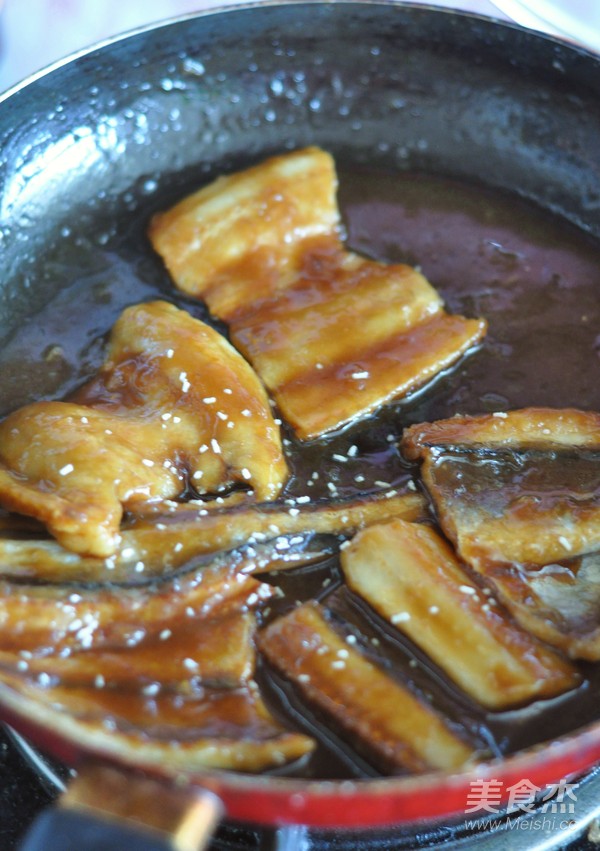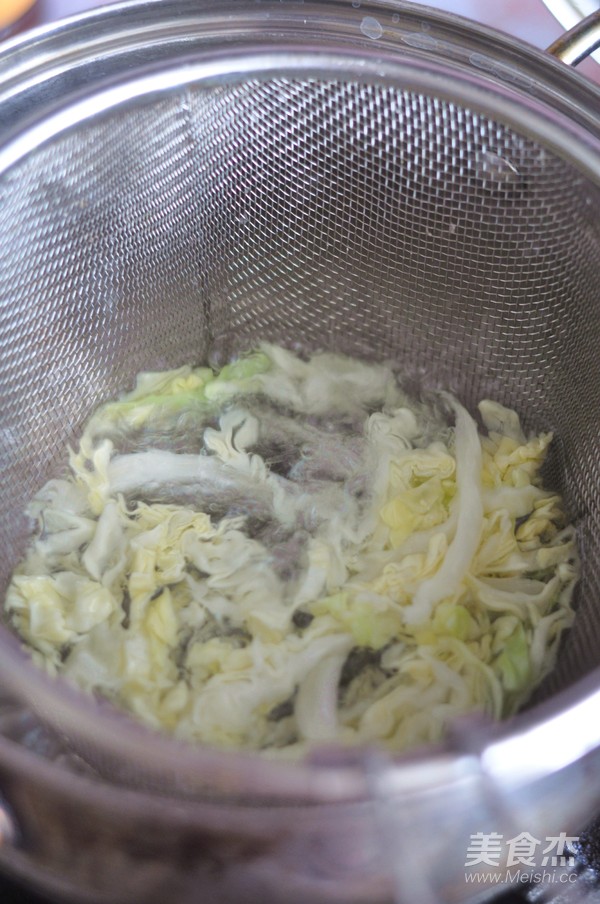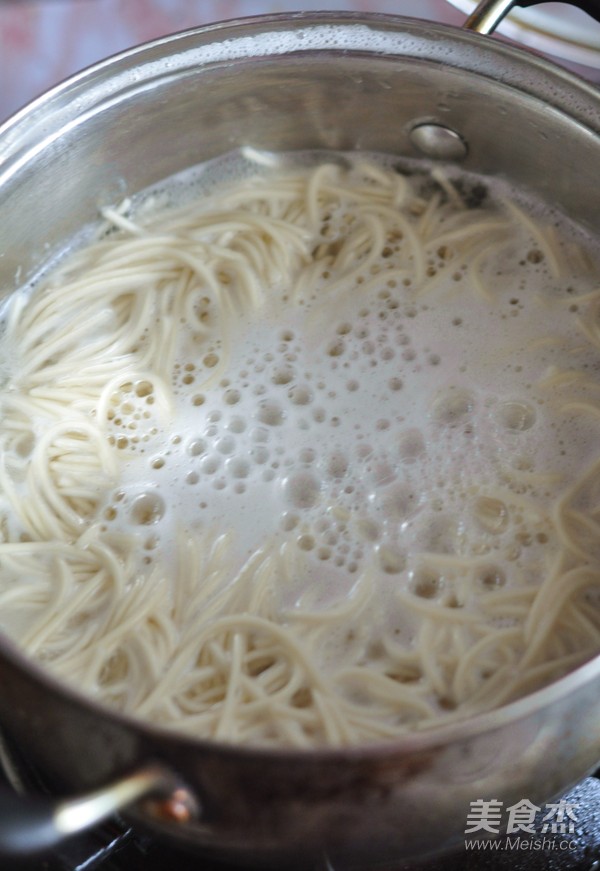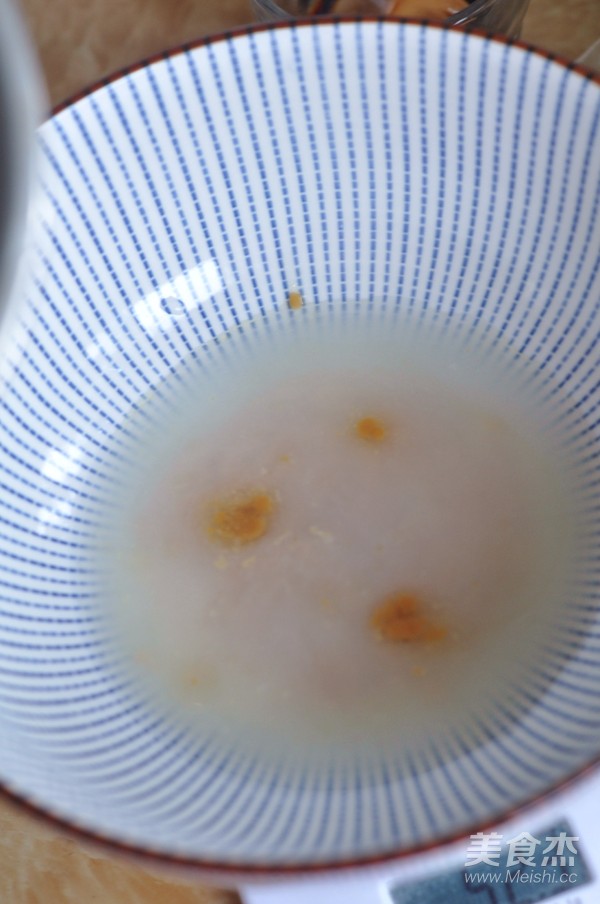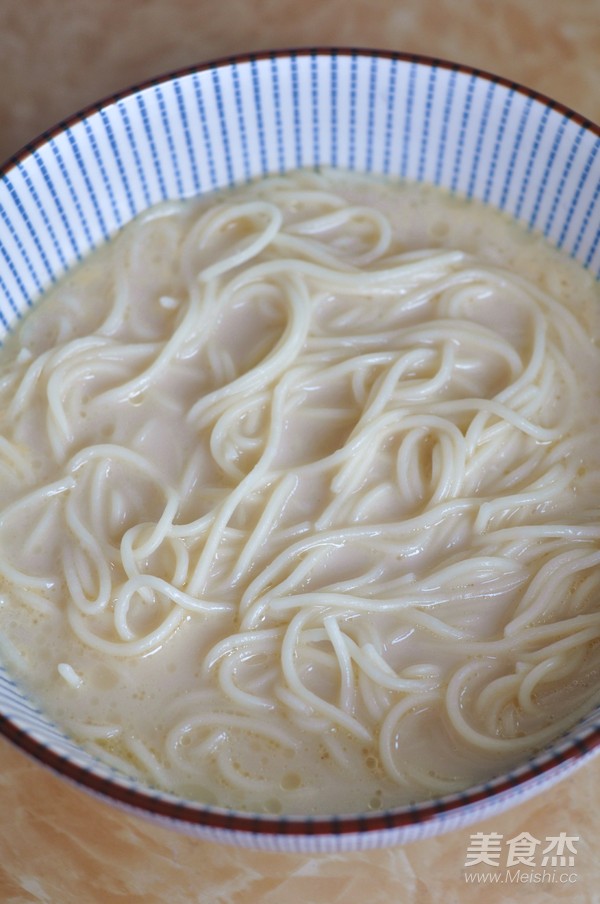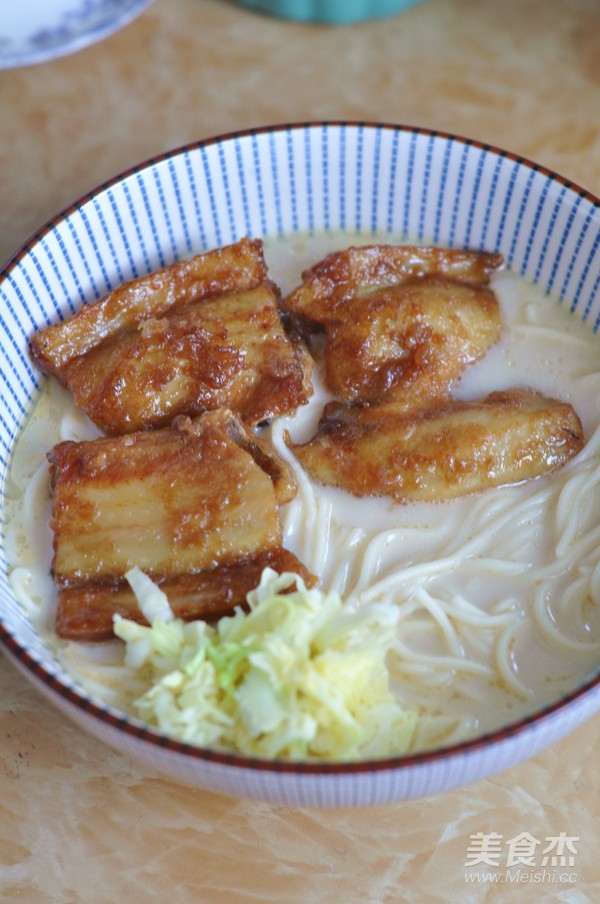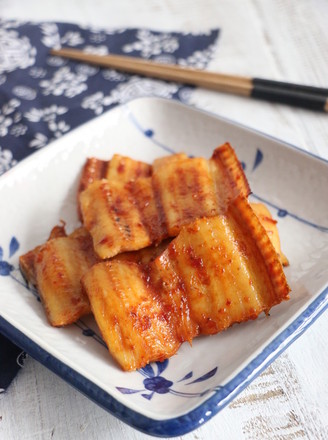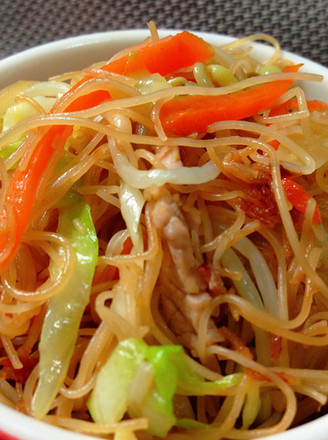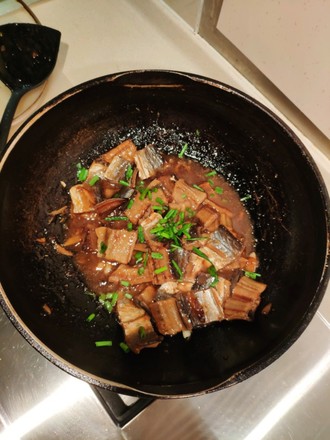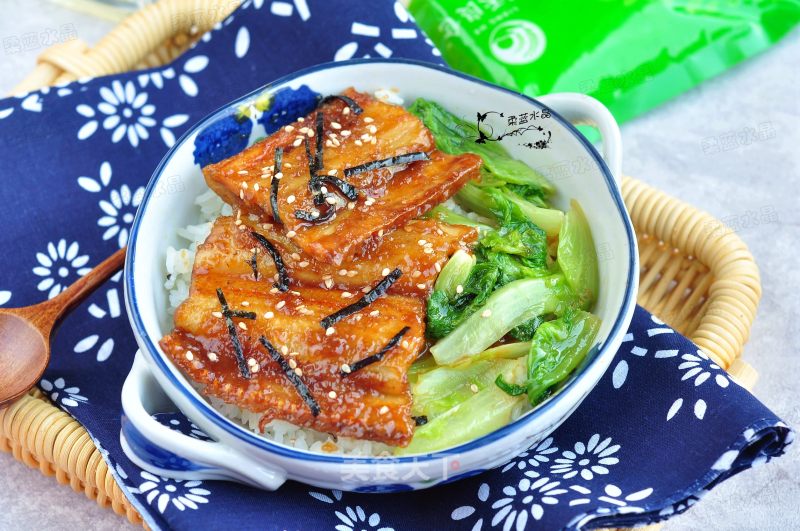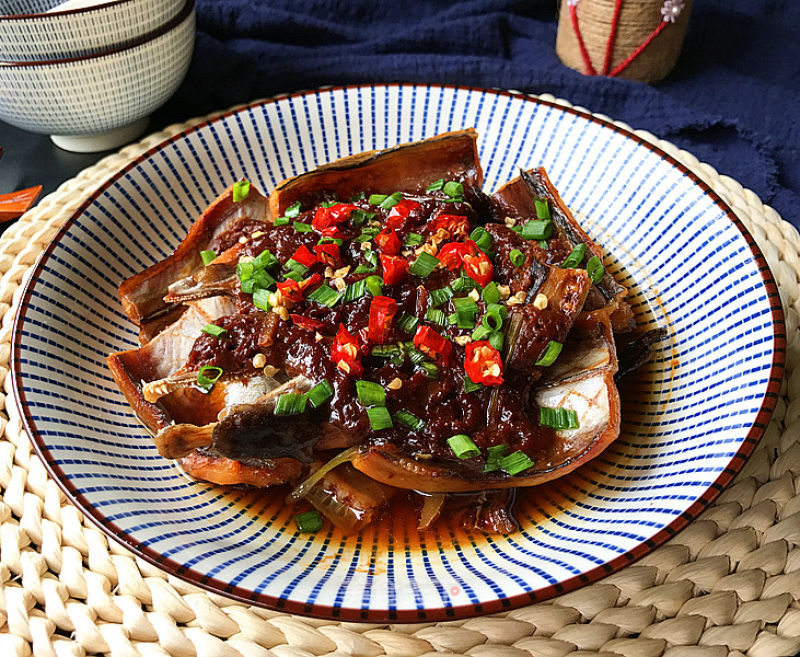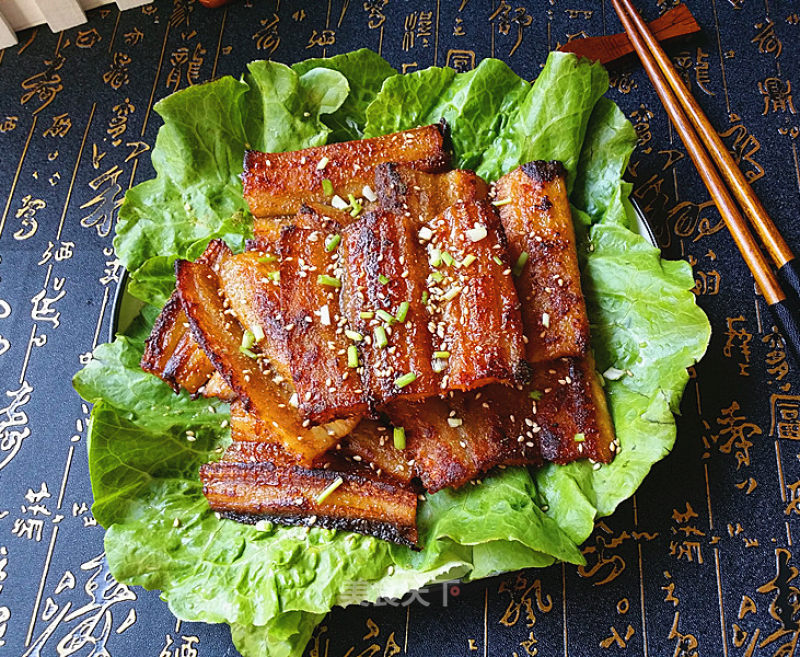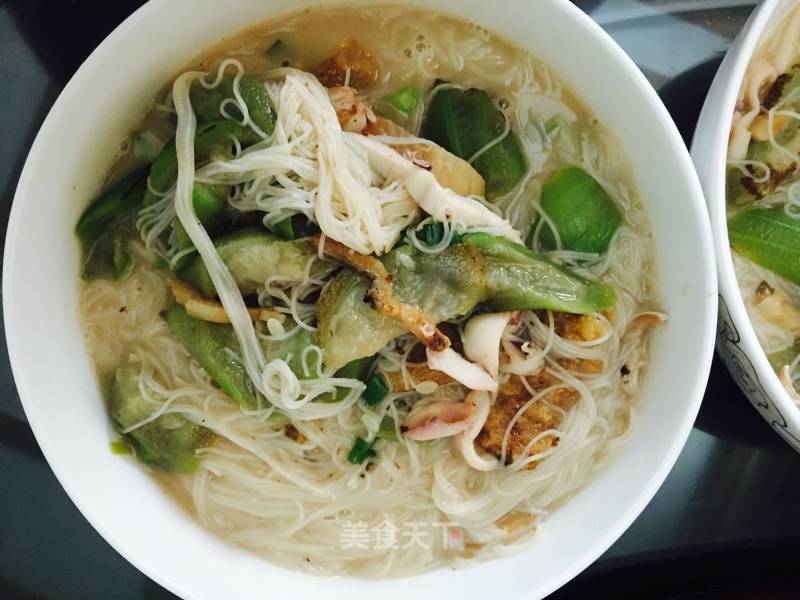Eel Japanese Ramen
1.
Soak the dried eel in clean water for two hours to soften it.
2.
Remove the head and tail of the eel, cut into sections, add cooking wine and marinate for a while.
3.
Take the room temperature eggs, boil the water and boil for 6 minutes, remove and soak in cold water, peel the shell and soak in light soy sauce, it is the soft-boiled egg.
4.
Pour mirin, honey, light soy sauce, dark soy sauce, sugar and a little water in a bowl and mix well. Mirin is a yellowish, transparent and sweeter liquor made by mixing shochu, rice koji and glutinous rice to make them saccharify. After one or two months, it is filtered and made into a yellowish, transparent, sweeter liquor. In short, it is an alcohol condiment that contains alcohol, polysaccharides, and high sweetness. This is one of the main sources of Japanese flavor.
5.
Pat the surface of the eel with a layer of starch.
6.
Pour oil into the pan and fry the eel until golden on both sides.
7.
At this time, pour the sauce and simmer for a few minutes.
8.
Add chicken essence after collecting the juice.
9.
Cut the cabbage into shreds, boil the water in the pot and cook for tens of seconds to remove it, so as to maintain its crispness.
10.
Put the ramen noodles in a pot and cook until they are half cooked and slightly hard.
11.
Pour the bagged ramen sauce seasoning into a bowl, add boiling water and mix thoroughly.
12.
Put the cooked ramen in.
13.
Put eel and cabbage on the surface.
14.
Put the sliced soft-boiled eggs and tenderloin, finally cut the seaweed into strips, and sprinkle some cooked white sesame seeds to complete it.


Tips:
1. The magical effects of mirin are endless and can replace the role of sugar. As long as it is steamed dishes, it is recommended to use sugar. Although its sweetness is not as rich as sugar, it can fully trigger the original taste of the ingredients and enhance the freshness and increase the deliciousness. Function. Mirin has the properties of accelerating the coagulation of protein and tightening the ingredients, which can prevent the ingredients from cracking due to cooking, especially fish dishes.
2. Starch has been patted on the surface of the dried eel, so when the sauce is added later, the soup will become thicker and thicker. When the soup thickens, turn off the heat in time.
3. When handling fish, it is recommended to scrape off the silver material on the surface of the fish body, otherwise the fishy smell will be heavy.
4. Cabbage is also called cabbage or cabbage. Japanese-style ramen is paired with cabbage.
5. For ramen noodles, buy fresh noodles placed in a supermarket freezer. It is best to buy the one with Ajisen written on the package, otherwise the effect will be poor.
6. Don't overcook the noodles. Take them out and put them in a bowl. If you don't eat them, they will soak up softly. After I took the photo, the strips were so soft that they were irritating.
7. The ramen sauce package introduces 40 grams of juice with 360 grams of water, and then 300 grams of noodles. This refers to cooked noodles, not raw noodles. Raw noodles are for two people. I think this combination will taste better. It is light, it is recommended to taste the taste while putting it, do not add it all at once.
8. The tenderloin is the sweet and sour tenderloin that has been fried in advance, and you can put it in directly if you have something ready at home.

